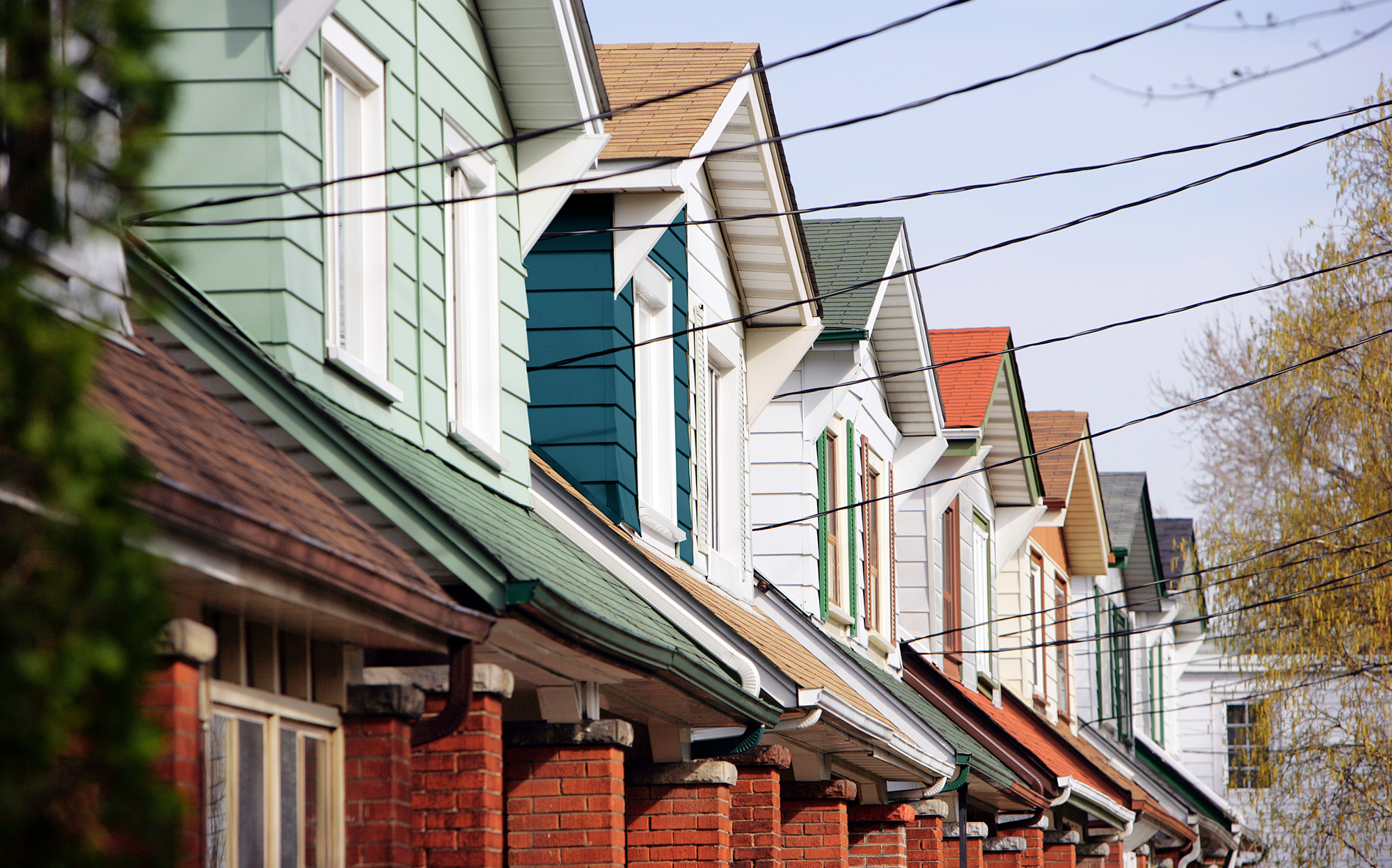Canada’s rental stock is aging and the construction of new rental homes hasn’t caught up with the rising demand. While the federal government has made efforts to boost the development of rental buildings, so far it has resulted in only a slight bump to vacancy rates and rents have barely budged.
Eric Visser, Director of Commercial Real Estate at Vancity Community Investment Bank (VCIB), believes that financial institutions have an important role to play in finding solutions to the housing crisis.
What’s slowing the pace of rental housing construction, and what can banks do to help?
Elevated construction costs and long municipal approval processes are often cited as the main roadblocks to new rental construction. Plus, unlike condominium construction which typically requires a lower equity contribution from developers, the equity contribution required for rental apartment construction is much higher. This often means that developers choose to build condos, which also tend to be less risky as developers can pre-sell units before they’re built.
Government initiatives like Canada Mortgage and Housing Corporation (CMHC)’s MLI Select program have made rental apartment construction more attractive to developers by offering insurance incentives for new rental construction based on a project’s affordability, energy efficiency, and accessibility.
But flexible financing from banks can also help projects get off the ground. At VCIB we like to take a collaborative approach with our clients, which allows us to find creative ways of structuring our loans to make projects financially feasible.
For instance, VCIB may recognize deferred costs and non-traditional sources of equity like government grants, forgivable loans like the ones offered through the City of Toronto’s Multi-Unit Residential Acquisition (MURA) program, or philanthropic donations. We also consider future rent growth and can accept lower overall equity contributions. These are examples of active approaches a bank can take to get projects off the ground.
For rental projects that are more suited to conventional construction financing (with no government funding or mortgage loan insurance), banks can also support by providing faster approvals. VCIB usually approves loan applications in 4 to 6 weeks.
We’re talking about purpose-built market rentals, but what barriers do nonprofits face when trying to build new affordable housing developments? And how can they benefit from private sector financing?
A collaborative approach to financing that addresses nonprofits’ needs goes a long way in turning affordable housing projects into reality.
For example, VCIB has indirectly supported affordable rental construction projects by providing equity take-out financing on borrower’s portfolios. That equity take-out can then be injected into the development project, allowing the borrower to utilize government grants and CMHC’s attractive insurance options without having to launch an expensive fundraising campaign.
Another thing to keep in mind is that development planning requires a lot of upfront capital. It can take millions of dollars to build a proposal with architectural drawings and municipal approvals before you can apply for the millions of dollars needed to actually build a development. But for many nonprofit developers, there are few funding options available for that crucial first step.
The Vancity Group is trying to help fill that gap. In Vancouver, for example, the Vancity Affordable Community Housing Program provides low interest loans for organizations that are in the early stages of planning. Through this program, Vancity has been able to support the development of over 5,600 affordable rental homes since 2011, including the recent redevelopment of a Brightside Homes property.
How can the private and public sector work together to increase the development of affordable and accessible housing?
If banks are open to collaborate and create cross-sector partnerships across all levels of government, we can come up with new solutions to address the housing crisis.
A prime example is the ongoing partnership between VCIB and CMHC. Through the partnership, VCIB committed to providing $183 million to finance affordable housing initiatives.
This collaboration has supported many affordable housing projects that access various funding streams from CMHC, such as Innisfree Co-op’s critical repairs. When the co-op’s property manager inquired about financing to support building upgrades, our partnership with CMHC allowed us to approve their loan quickly so that repairs could begin right away. And for Innisfree flexibility was really important, so we provided a loan that wasn’t restrictive – allowing them to allocate their funds where they deemed them most urgent.
Banks can also play a crucial role by helping their partner organizations secure government grants. For instance, VCIB frequently issues letters of support to nonprofits that are pursuing government funding. These letters strengthen their applications and increase their chances of success.
We’ve talked about new developments, but what about preserving existing affordable rentals? What can banks do to help organizations purchase at-risk buildings?
When it comes to purchasing property, land trusts and nonprofits often find it difficult to respond quickly in a rapidly changing real estate market. These organizations typically need to secure government funding, raise capital from investors, and coordinate various logistical elements before they can make an offer on a property. This longer preparation time hinders their ability to act swiftly in competitive situations — which usually means that private developers snatch the property to pursue market-focused interests.
To address this problem, VCIB created a first-of-its-kind impact investment program. Through the program, VCIB holds investments from values-aligned organizations in Impact GICs, which are used to guarantee a portion of the financing facility made available for land trusts to purchase at-risk affordable rental properties as they are put up for sale.
But banks can also help finance nonprofits’ acquisitions of below-market rental apartment buildings. To complete these purchases, VCIB has funded the debt through traditional first mortgages and the MURA program’s grant money has contributed the equity.
***
Learn more about VCIB’s social purpose real estate financing in our website. If interested in chatting with VCIB about your financing needs, get in touch.






